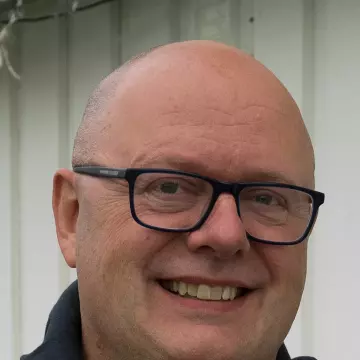THIS CONTENT IS BROUGHT TO YOU BY Nofima The Norwegian Institute of Food, Fisheries and Aquaculture Research - read more
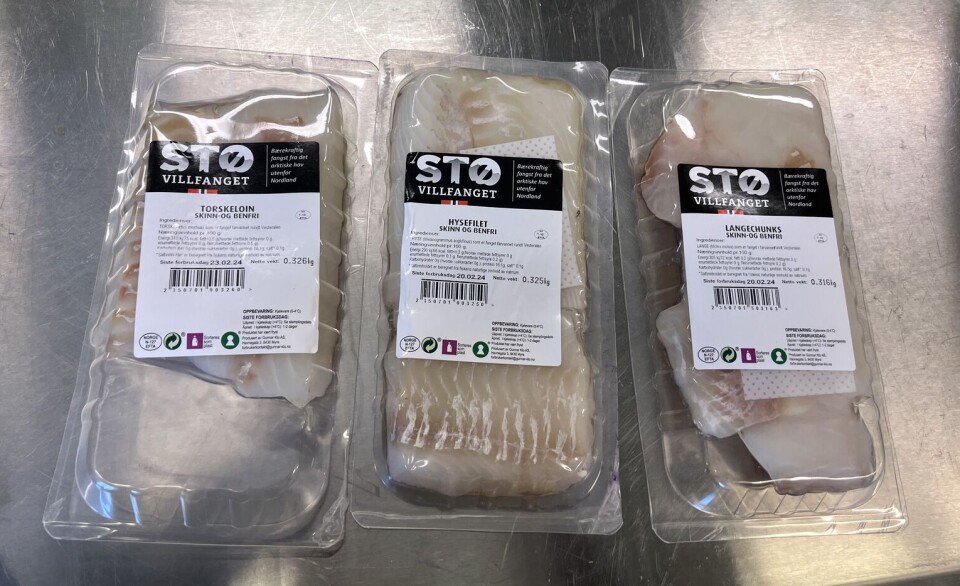
New cod product can reduce greenhouse gas emissions by 30 per cent
When cod is packaged in the new packaging, it is beneficial for the climate.
They cut
transport and pack the fish in packaging that can be recycled. The result is a
lower climate footprint.
“It's already known that wild-caught whitefish have an average environmental impact that is significantly lower than meat,” says Anlaug Ådland Hansen.
She is a senior scientist at Nofima, and has been working on a new concept that reduces the environmental impact of wild fish even more.
It is now approaching the environmental figures from wheat flour and other foods that are based on plants.
Packaging and transport
Initially, the partners behind the SupremeFilet project found packaging that is both smaller and more environmentally friendly (link in Norwegian).
In the past, meat and fish have mostly been packaged in plastic that is composed of several layers of different types of plastic materials. The packaging has now been replaced with recyclable plastic. It essentially consists of only one type of plastic material, so it can be melted down and reused.
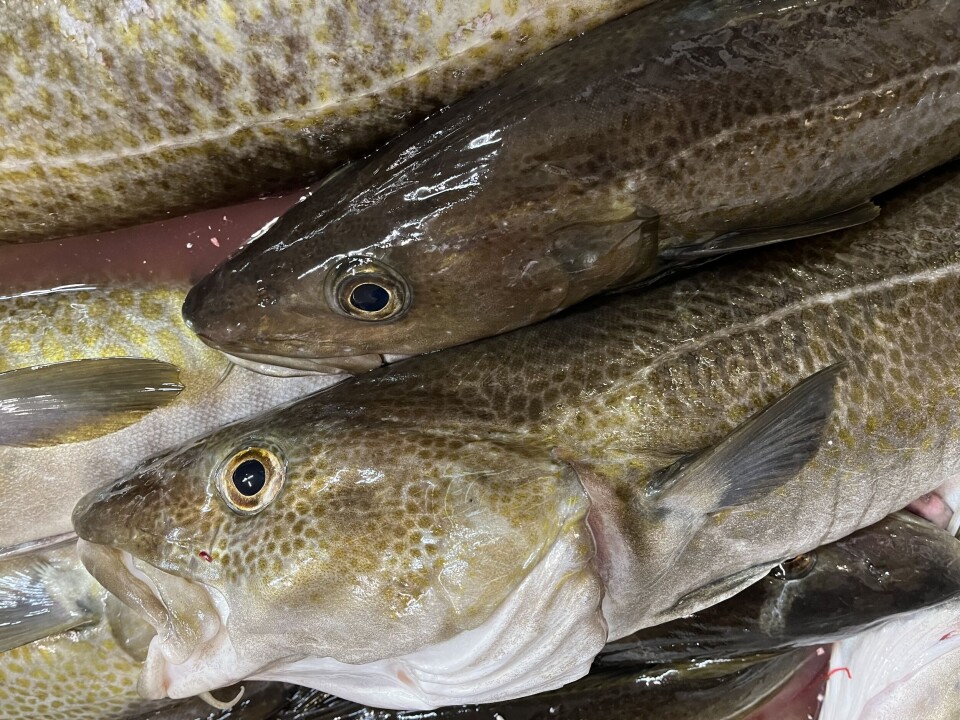
The next thing that helps the climate is less transportation.
Together, these measures have reduced the climate impact by 30 per cent.
“The new product concept has contributed to lower greenhouse gas emissions per kilo of product,” says Anlaug Ådland Hansen.
Figures lead to improvement
The researchers have compared the figures both with previous figures from Gunnar Klo, the company that has processed and packed the fish in the project, and with other analyses that Norsus, the Norwegian Institute for Sustainability Research, has done previously.
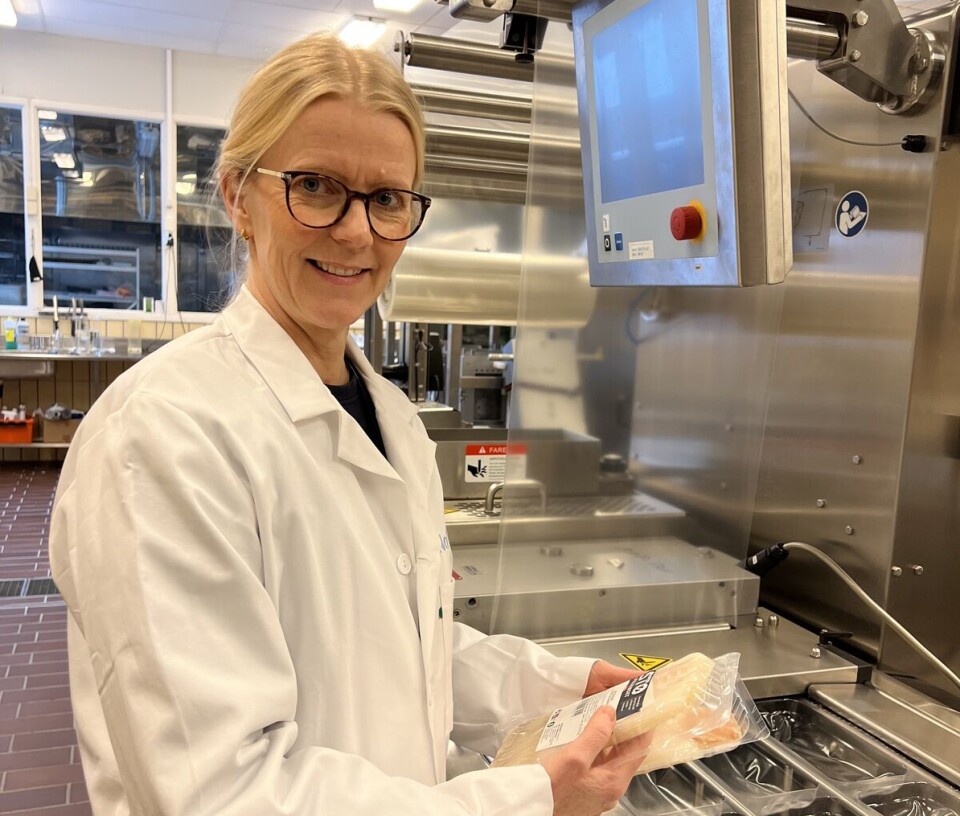
“We need numbers to make improvements. If we can't measure, we can't improve,” says Hansen.
Everything in one place
Much of the improvement is about everything being done in one place.
“They pack and process once,” senior researcher Erik Svanes at Norsus says.
Then there will be a difference compared to if the fish were to be received in one place and processed somewhere else in Norway or Europe.
“This concept saves the environment for both packaging and transport,” explains Svanes.
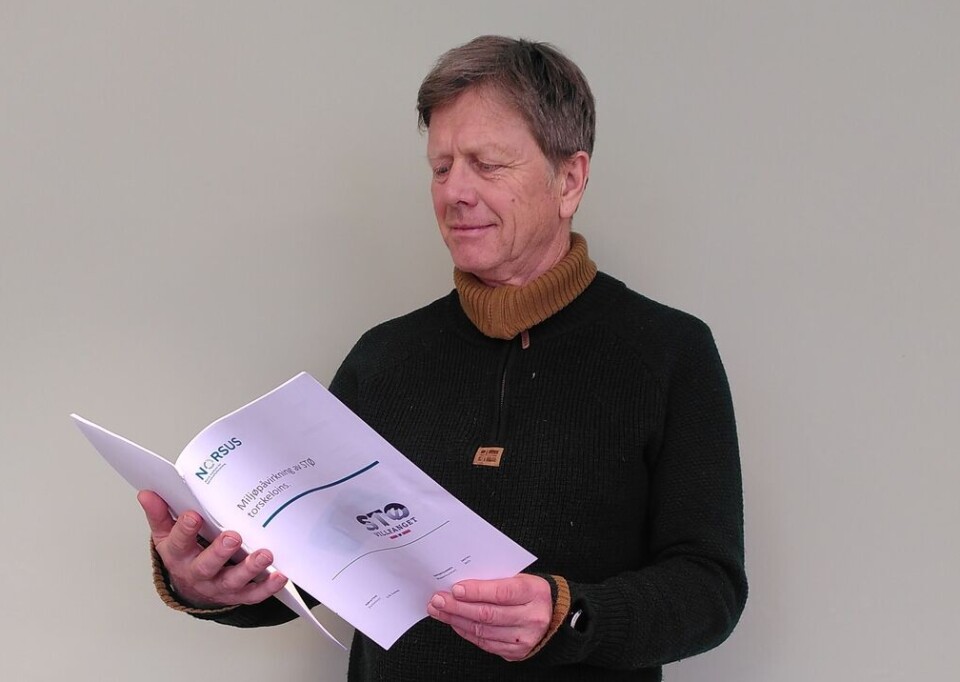
Moreover, shelf life is better taken care of with the new product concept.
“But we haven't been able to calculate the environmental effect of that, because we don't have figures on waste in people's homes before and after. Presumably there's less wastage, too,” he says.
He adds that it is also important that it is not only the climate impact that has been reduced, but also a wide range of other emissions – as well as the consumption of resources such as oil.
It's not just about getting numbers that confirm common sense, says Svanes. It's not hard to understand that less packaging and less transport are good:
“But it's important to find out how much improvement each measure has provided. This can help the rest of the seafood industry to make similar improvements.”
Checked cod
“In general, we can say that here they have come down in terms of environmental impact almost as far as it is possible to get with today's technology,” he says.
The researchers have analysed a product from skrei, found that it has little negative impact on the environment, and found out how it has managed to get so far down.
The greenhouse gas emissions from this product are about 30 per cent lower than for the average cod on the market. Compared to the average pork and chicken, they are around 55 per cent lower.
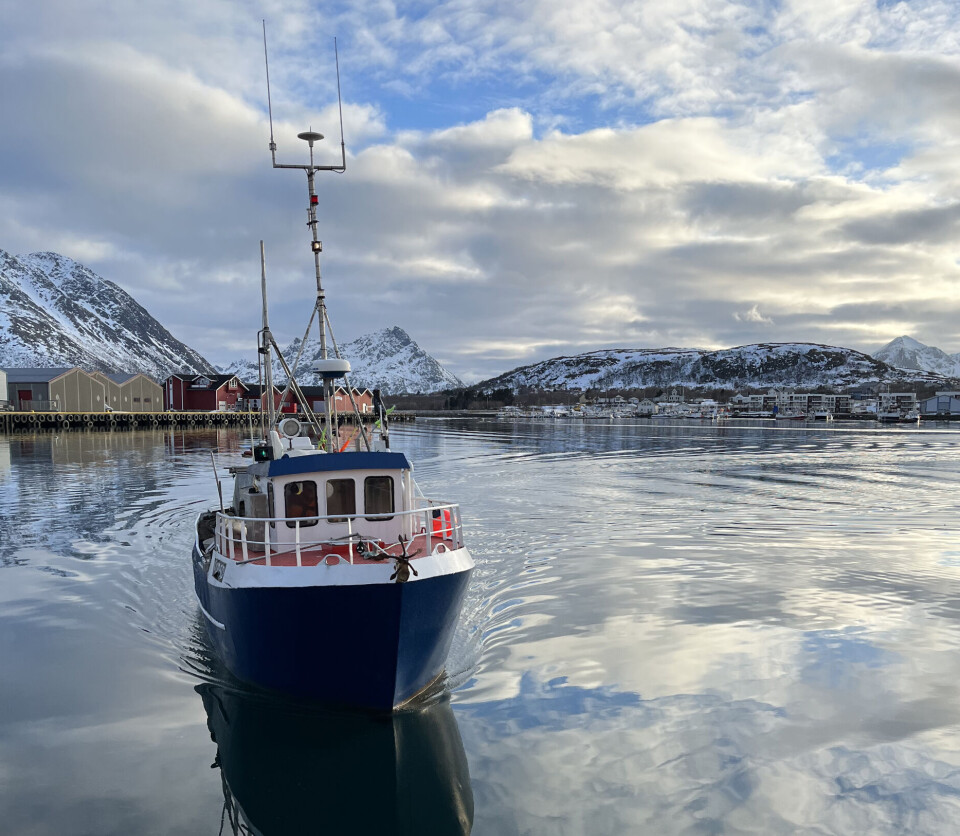
At the same time, Erik Svanes emphasises that the use of resources and emissions other than greenhouse gases is also considerably lower.
“Improvements have been made in the processing, packaging material, transport, and distribution to the consumer. Waste treatment is also improved, because less packaging and recyclable packaging leads to lower environmental impact. The discoveries we have made and the knowledge we have gained in this project show that it is right to invest in local processing of Norwegian fish raw materials,” says Anlaug Ådland Hansen.

This content is paid for and presented by Nofima The Norwegian Institute of Food, Fisheries and Aquaculture Research
This content is created by Nofima's communication staff, who use this platform to communicate science and share results from research with the public. Nofima is one of more than 80 owners of ScienceNorway.no. Read more here.
More content from Nofima:
-
Red algae grown in wastewater from fish-farming facilities could become sustainable salmon feed
-
Pumpkins are good for more than just Halloween decorations
-
This is how temperature affects a salmon's health and growth
-
Study: Omega-3 and zinc is a powerful duo for salmon
-
Fish may turn yellow if frozen too fresh
-
Is it better if food is packaged in plastic or paperboard?







